Windsurfing boom guide
Even if finding the right boom is less complicated than choosing a good mast, sail or fin, when you are on a mission to get the best performances from your rig and maximum comfort, it is useful to know some theory behind it. Four elements that you should think of are: construction, shape, ergonomics and specifications.
Construction
When you consider materials that modern booms tubes are made of, you can divide them for two groups: aluminum and carbon. First material is usually used in cheaper and recreational booms. Carbon booms are mostly dedicated to a more competitive equipment, especially large racing sails, but not only. Comparing the two technologies you can mmediately notice a clear difference in stiffness and lightness in favor of carbon booms. Thats why they are used wherever the key roles are low weight and stiffness. Recreational windsurfers usually don’t need such a high tech equipment, therefore a good aluminum boom is quite a good choice.

UNIFIBER Boom Aluminium TAPERED Monocoque

UNIFIBER Boom Carbon PP (OVAL) Monocoque
The rigidity of the boom depends not only on the material of the tubes, but also on the way in which they pass through the head of the boom. There are two types of constructions: one with two pieces of tubes screwed to the head and a monocoque construction where tube goes in one pice through the head. The two pieces construction is a cheap and simple design, but does not provide the best stiffness - the joints can get a little loose after longer use. The monocoque is much preferred one. It not only makes a boom stiffer but also stronger.
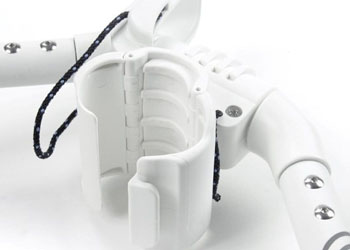
Two pieces of tubes screwed

Monocoque construction
Looking at the head it is worth noting the clamp to fasten the boom to the mast. A modern boom should allow you to fasten it to two types of masts: RDM (reduced diameter) and SDM (standard diameter). For this purpose clamps are equipped with a special shim. Without this adaptor a boom can be fastened to a SDM mast. When you put the shim inside the clamp (or on the mast), you are ready to use a RDM mast. Some clamps (as in Unifiber Allround boom) have an adjustable design, so you can use them on both types of masts without a shim.
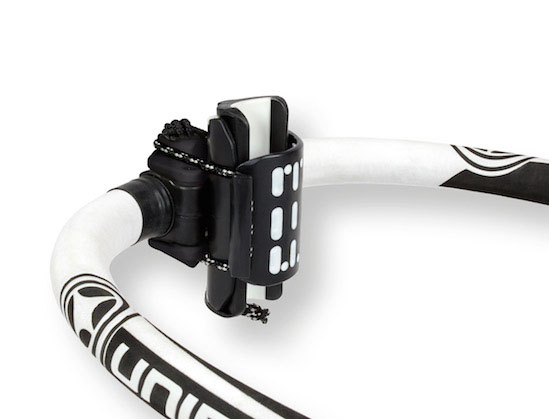
Integrated RDM mast shim
Shape
Currently the market is dominated by two types of boom shapes - classic and modern "C". Classic booms are narrower at the head and their shape follow the profile of a sail filled with the wind. Modern "C" ones are clearly wider at front with tubes running more parallel and often have a wider back ends. For windsurfers who prefer sailing undergrip with their front hand the classic booms may seem more comfortable. Those who prefer normal grip on the boom can find the „C” ones more to their likings. Which type you choose depends on your preferences. It is worth noting that more and more windsurfers choose the modern shapes due to the generally more comfortable parallel body position relative to the rig while sailing.
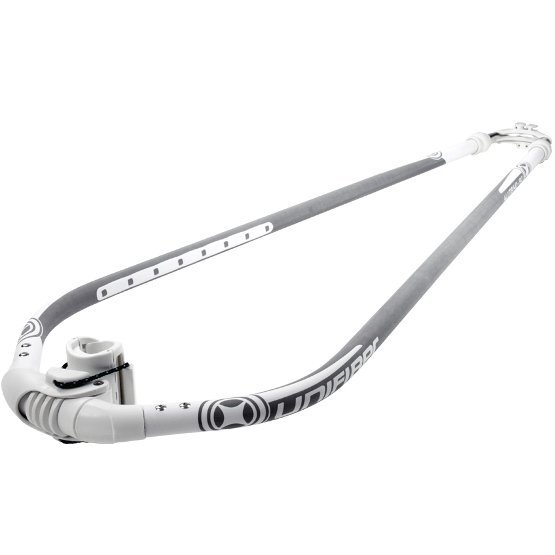
Classic shape

Modern C-Shape
Ergonomics
Even the best boom won’t give you maximum comfort if its tubes are not right for the size of your hands. You can find booms with bigger diameter tubes (about 29 mm), smaller diameter (about 26 mm), in V shape or even elliptical. Choosing the diameter depends on size of your hands. If you have big hands the 29 mm tubes should be better, if smaller the 26 mm ones you can find more comfortable. But this is not a golden rule. We strongly suggest to try different booms first before buying! In case of „V” shaped tubes, the idea behind this is that human hand feels more comfortable if the tube on the inner side (where you bend the fingers) is slightly narrower than the outer side (closer to the wrist). Some windsurfers really like this concept, especially blasting oriented freeriders. A little less enthusiastic about this are dedicated waveriders or freestylers. So again we recommend you quick personal check how you feel a boom in your hands. From a technical point of view „V” booms are a little stiffer and stronger than traditional ones.
No matter what boom you have, its ultimate comfort depends on how high you will fasten it on the mast. If you have no idea what height is ideal for you, we suggest to start from standing on a board, picking up the rig to upright position and setting boom at shoulder level. This should be a good starting point. If you will find some problems with getting into plane or feeling to much pressure on the back foot - just lower the boom a few centimeters. If you can’t maintain a stable body position at high speed and feel some burn in the front leg - lift the boom up a little.
Specifications
The final thing you should be looking for when choosing a boom, are parameters defining the range of length. Most booms allow you to adjust their length, so we can use one boom with a few sails of different sizes. It is very important not to choose a boom that will fit our sail only after setting it to the maximum of its length. If for example our sail requires a boom length of 200 cm, you should not choose a model with a range span of 160-200 cm. A boom set to the maximum length is the least rigid and much more prone to fault. It is safer to leave up to several cm extra length, so for our given example it will be much better to find boom with a range of 175-215 cm.
Blog
Read
Bigger days, smoother shopping: 2025 at EASY-surfshop! Event highlights, new brands and the improvements behind the scenes.
READ MOREWatch ▶️
Maciek Rutkowski shredding Australian waves!
Maciek Rutkowski swaps racing gear for his wave setup in Australia. Nice conditions, clean lines and wave riding! Pure windsurfing fun!
READ MOREWatch ▶️
King of the Bay 2025 – Aftermovie!
Garnier King of the Bay 2025 didn't dissapoint. So sit back and enjot this official aftermovie!
READ MORE














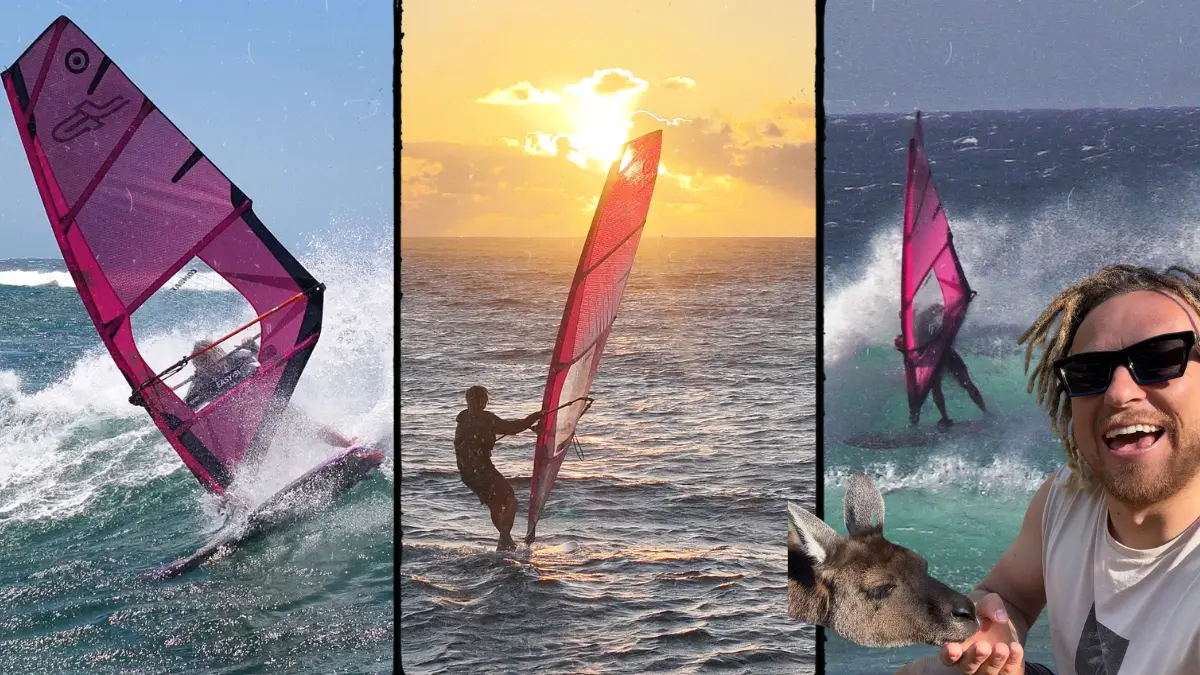
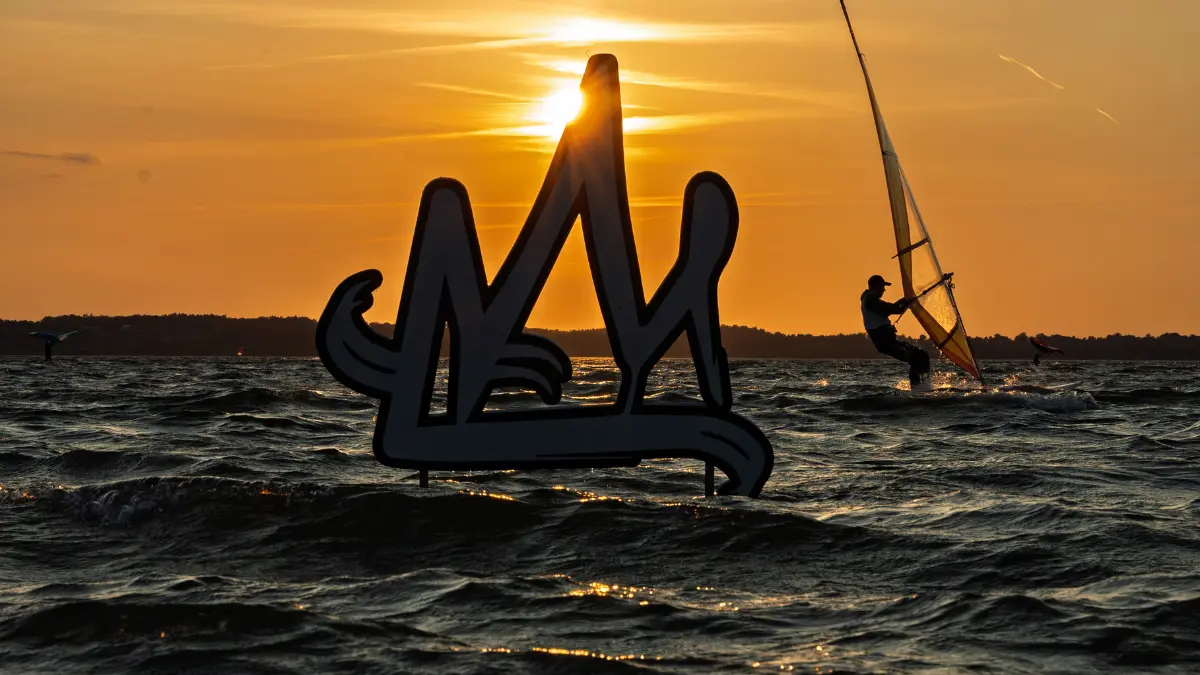



 Facebook
Facebook Instagram
Instagram YouTube
YouTube